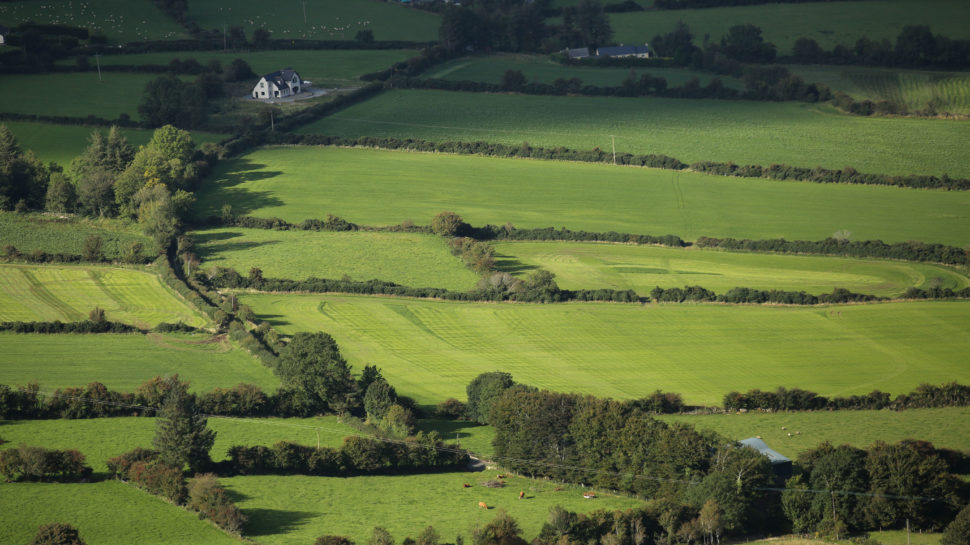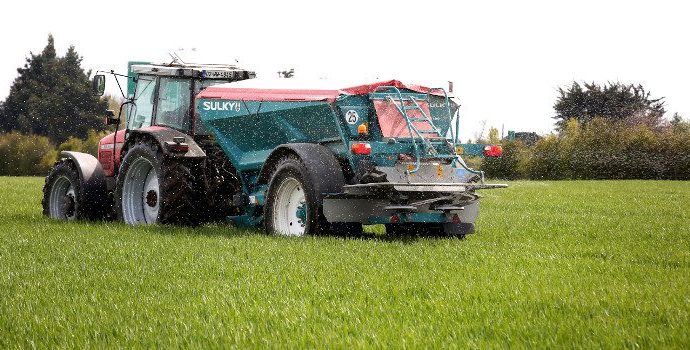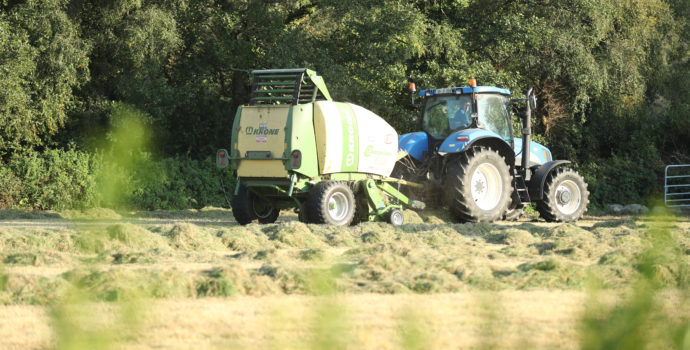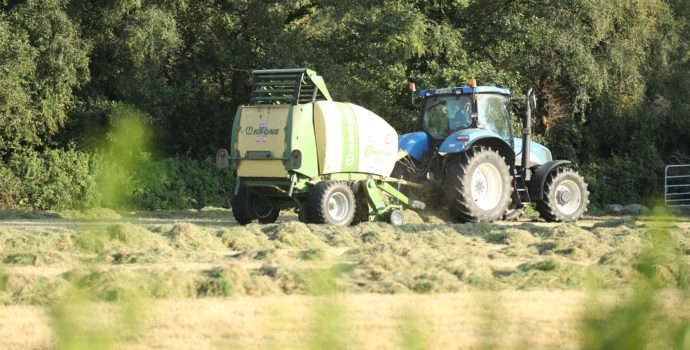More Support & Flexibility Needed as Erosion of Farm Margins Continues

IFA President Tim Cullinan said for the 9th month in succession, on-farm margins continue to slide as rising input prices overshadow any growth in aggregate output prices.
Data published by the CSO shows aggregate input prices in September rose 36.9% year-on-year, with aggregate output prices rising 29.2% over the corresponding period.
“Relatively strong output prices have helped somewhat in mitigating against the input price rise, but worryingly aggregate prices in our most vulnerable sectors are under pressure and below what the market might be expected to deliver. Cattle prices are back 1.9% on August levels, and sheep back 2.7%. These are traditionally low-income sectors and need support. Many simply won’t have the capacity to continue operations at existing input/output prices,” he said.
“The Government has provided some targeted interventions in Budget 2023, which are to be acknowledged. But more will be needed in the months ahead to support farm families through this challenging period,” he said.
“It amplifies the need to ensure farmers in these vulnerable sectors get a 2023 agri-environment scheme payment. The two-week extension to the ACRES deadline isn’t sufficient to meet farmer demand. A further extension and/or simplification of the application process is needed to maximise farmer uptake. Greater flexibility is also required around the tranche-based design of ACRES to prevent thousands of farm families currently in GLAS/REAP missing out on a key income support in 2023,” he said.
Tim Cullinan said IFA has offered workable solutions to the Department on ways around this. They could either offer a bridging payment to farmers who are not successful in Tranche 1 of ACRES that matches their previous agri-environmental scheme payment, or alternatively pay an upfront payment in 2023 for Tranche 2 ACRES participants, similar to the way REPS payments were in the past.
“It needs Government action and support, because there appears to be limited direct interventions against the rising input cost crisis coming from the EU in the short-term,” he said.
The EU Commission issued a very underwhelming ‘Communication on Fertiliser’ earlier this week, which appears more interested in protecting the EU fertiliser industry than the farmer.
It offered nothing to alleviate current price pressures, even rejecting proposals to suspend anti-dumping tariffs on fertiliser imported from the USA and Trinidad and Tobago which IFA and colleagues in Copa-Cogeca have lobbied hard for.
It puts farmers at a competitive disadvantage now because the US have removed antidumping and anti-subsidy tariffs on fertiliser to help assist its farmers in procuring fertiliser.
In effect, the EU strategy puts greater emphasis on individual Member States to support primary agricultural producers for fertiliser purchases via the Temporary Crisis Framework, which was extended to end December 2023 and the state-aid threshold increased to €250,000 in recent weeks.
“EU natural gas prices, while still well above past ‘normal’ levels, have fallen significantly from their summer peak, now hovering around €105/MWh. This has seen the resumption and an increase in production capacity across many EU fertiliser plants which will help ensure increased supplies at lower costs into the future. Given the phenomenal inflationary input price endured by farmers, this reduction in production costs must be passed onto farmers immediately so they can secure supplies for the coming Spring and help preserve soil fertility and crop growth,” he said.



